Understanding Geosynthetic Reinforced Soil Segmental Retaining Walls: A Solution for Stronger, More Durable Landscaping Structures
Geosynthetic reinforced soil segmental retaining walls (GRS-SRWs) have become a reliable and efficient solution for constructing long-lasting, stable retaining walls. These walls, a type of retaining wall where the soil is stabilized by layers of geosynthetic reinforcement (like a geogrid) placed within the soil mass behind a facing system made of modular concrete blocks (segments), are commonly used in landscaping, road construction, and other civil engineering projects due to their superior strength, flexibility, and cost-effectiveness. But how exactly do these walls work, and what makes them a preferred choice in the geosynthetics industry?
What are Geosynthetic Reinforced Soil Segmental Retaining Walls (GRS-SRWs)?
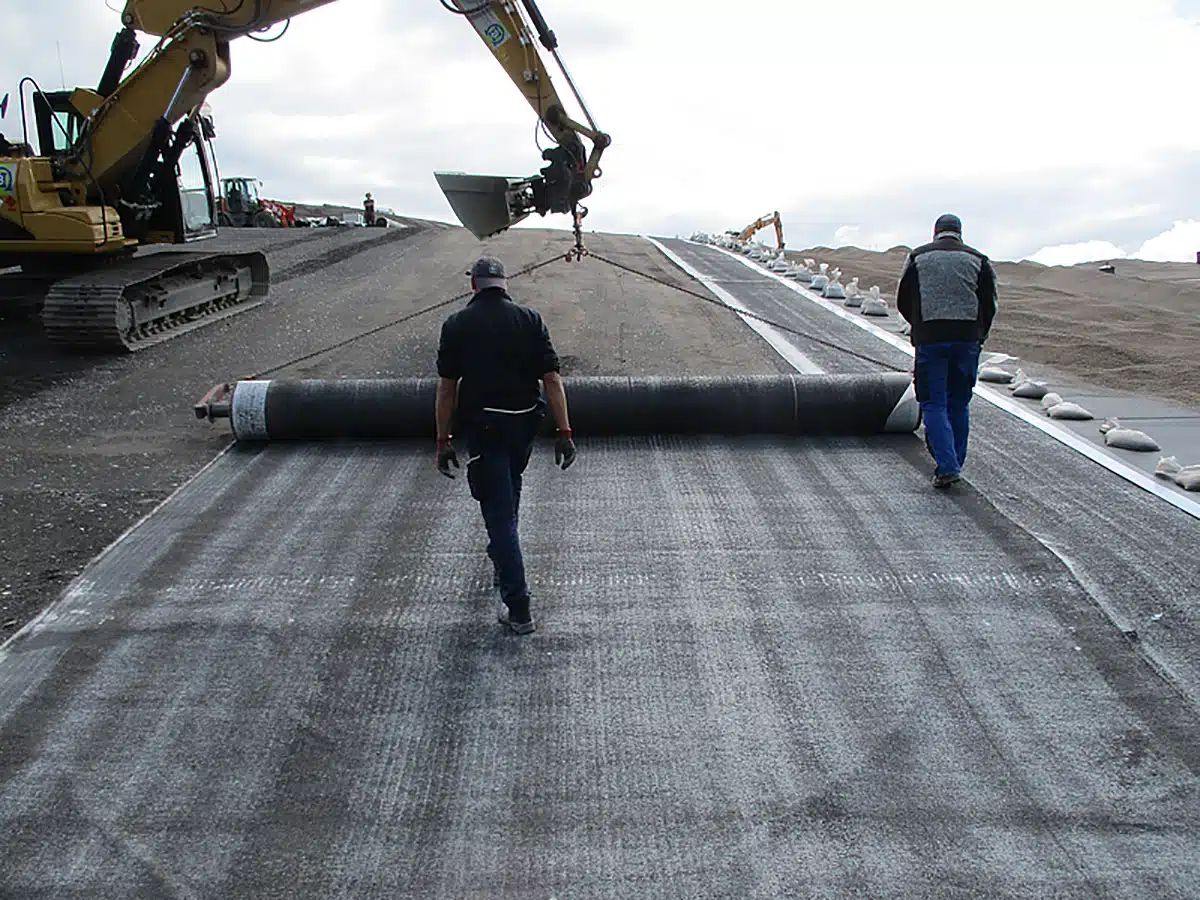
Geosynthetic reinforced soil segmental retaining walls (GRS-SRWs) are a type of retaining wall system that uses geosynthetic materials (like geogrids or geotextiles) to reinforce the soil behind the wall. These materials provide additional strength and stability to the soil, allowing the wall to retain large amounts of weight and resist the pressures caused by environmental factors such as water, wind, or seismic activity. The geosynthetic reinforced soil segmental retaining walls are designed to be modular, using concrete blocks that interlock, making installation faster and easier.
How do Geosynthetic Reinforced Soil Segmental Retaining Walls improve wall stability?
The key to the stability of geosynthetic reinforced soil segmental retaining walls lies in the use of geosynthetics to strengthen the soil mass behind the wall. Geosynthetics such as geogrids are placed at specific intervals within the wall structure, preventing the soil from shifting or sliding. The interaction between the geosynthetics and the soil improves the overall shear strength, helping the wall withstand lateral pressures and reducing the likelihood of wall failure.
What are the benefits of using Geosynthetic Reinforced Soil Segmental Retaining Walls in construction?
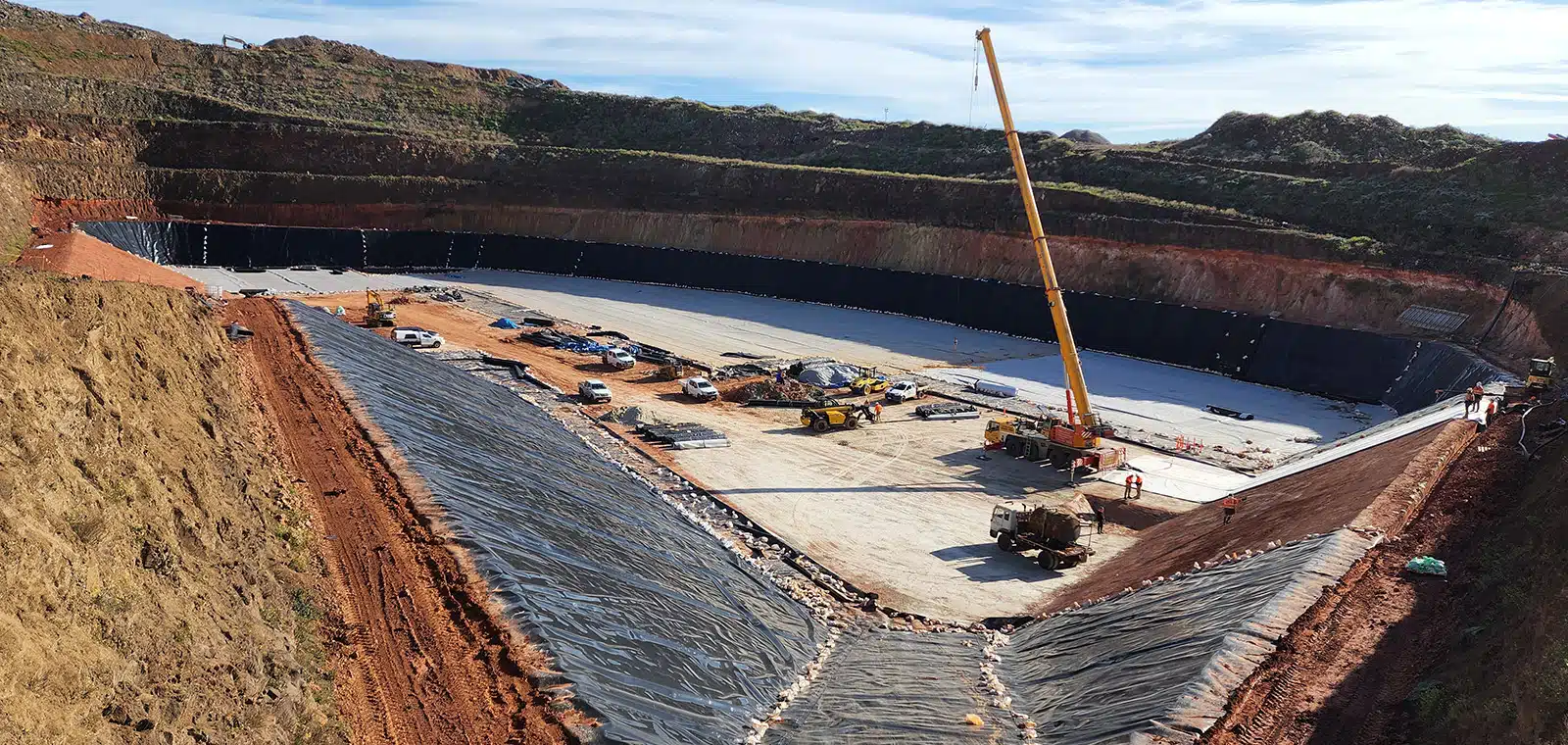
There are several benefits to using geosynthetic reinforced soil segmental retaining walls in construction projects:
- Cost-effectiveness: These walls often cost less than traditional concrete or stone walls due to the modular nature of the system and the reduced labor needed for installation.
- Faster installation: The interlocking design allows for quicker assembly, reducing project timelines.
- Flexibility and durability: The use of geosynthetics enhances the flexibility of the wall, helping it adapt to environmental changes and ensuring long-term durability.
- Environmental impact: Since the walls are modular and made from recyclable materials, they offer an environmentally friendly alternative to traditional wall systems.
Are there any challenges or considerations when using Geosynthetic Reinforced Soil Segmental Retaining Walls?
While geosynthetic reinforced soil segmental retaining walls offer many advantages, there are some challenges to consider:
- Design complexity: Proper design is crucial for ensuring the geosynthetics are correctly placed and spaced to provide the necessary strength and stability.
- Soil quality: The performance of the wall depends on the quality of the soil used behind it. Poor-quality soil may require additional reinforcement.
- Maintenance: Although these walls are low maintenance, periodic inspections are needed to ensure the geosynthetics are functioning properly and that the wall has not been compromised by external factors.
By understanding the structure and functionality of geosynthetic reinforced soil segmental retaining walls, you can make informed decisions about whether this type of wall is the best solution for your next project.
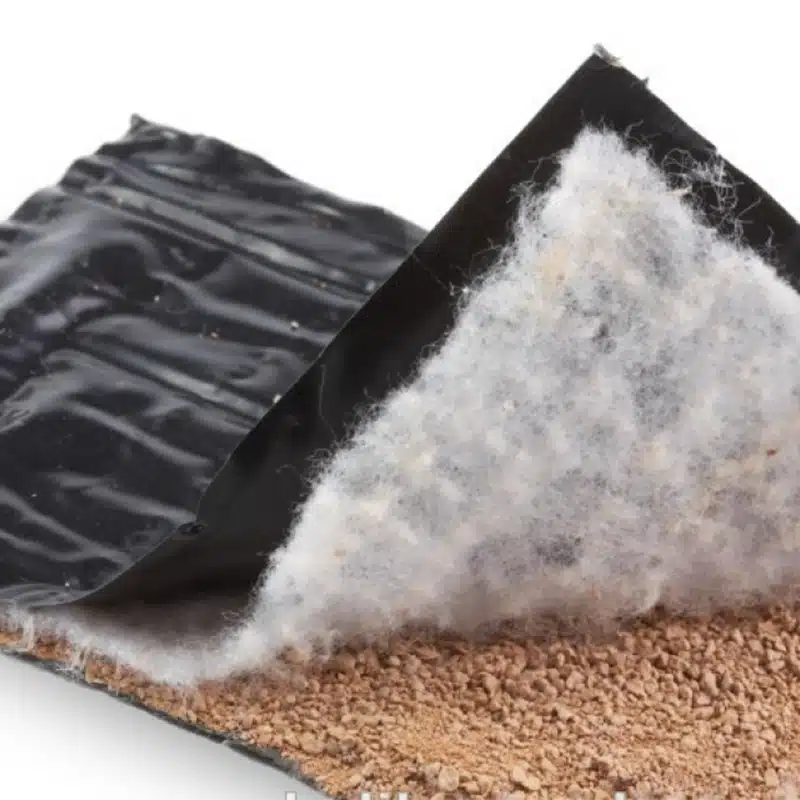
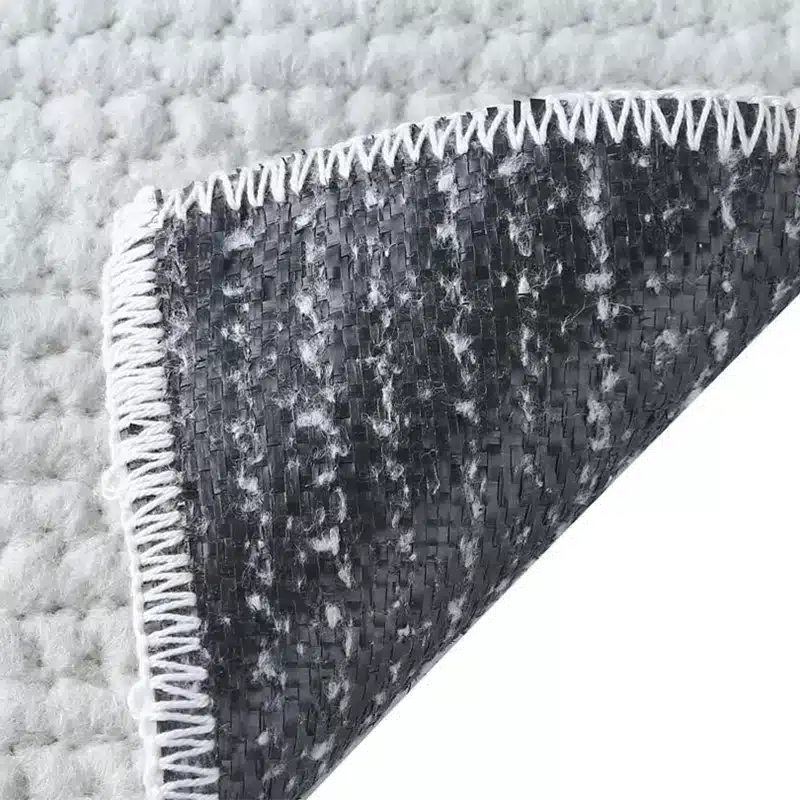
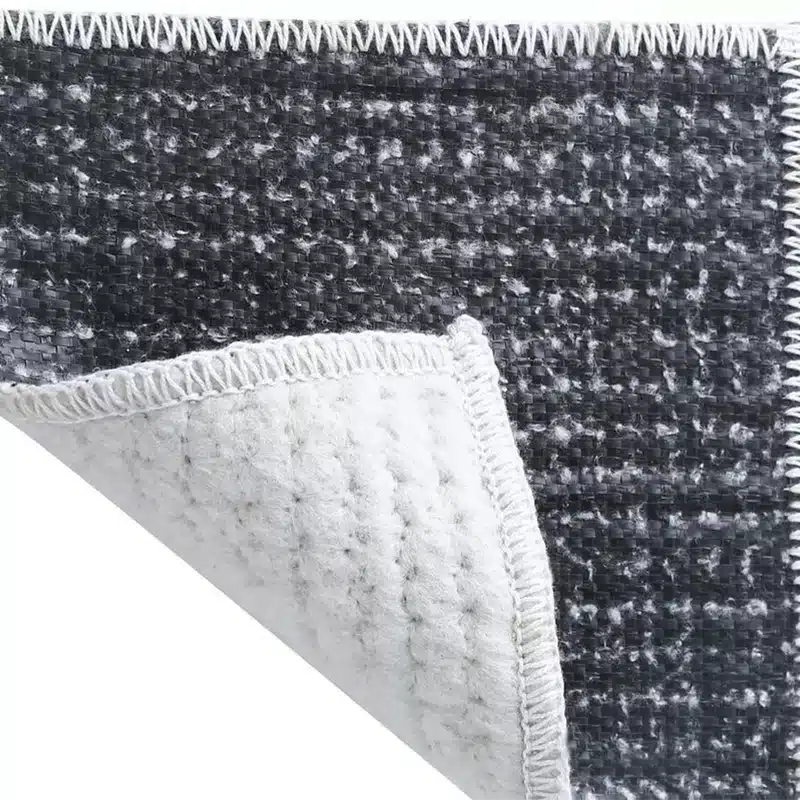
Comments
Post a Comment